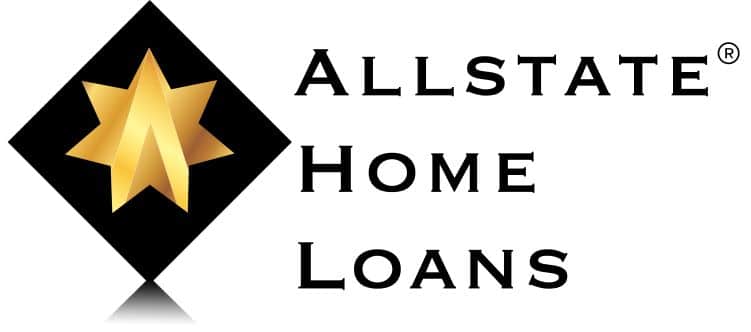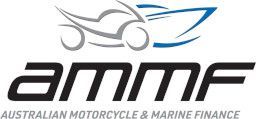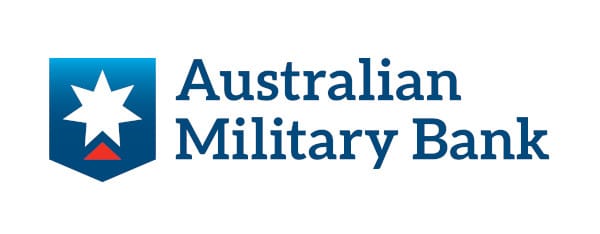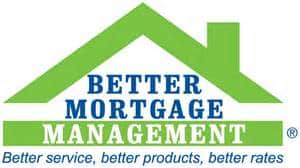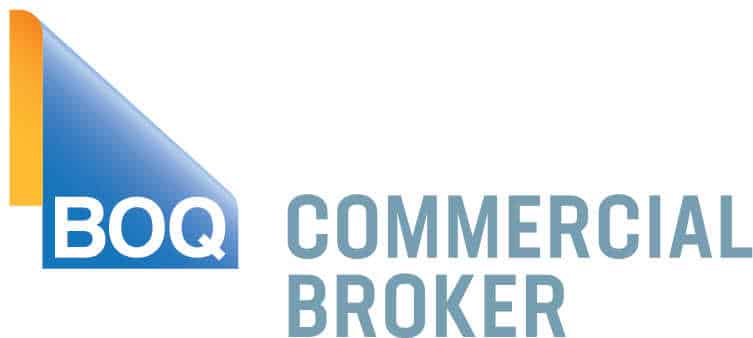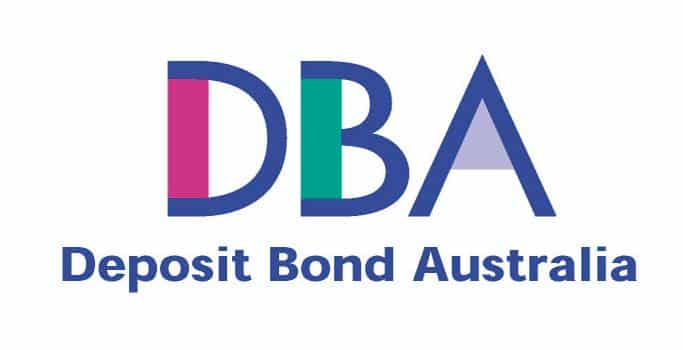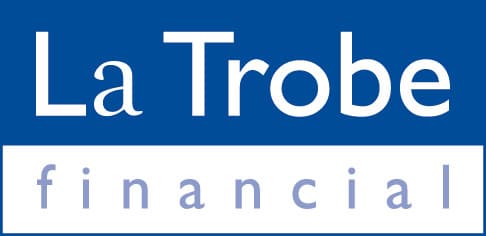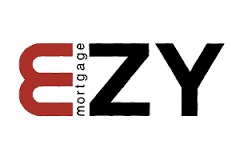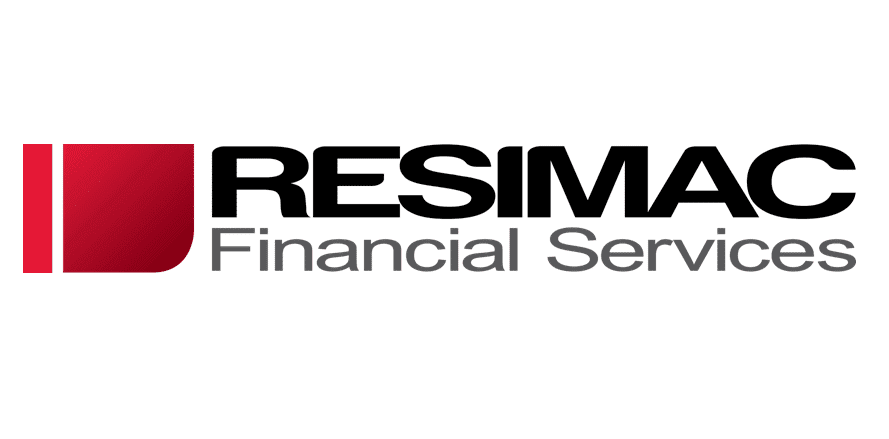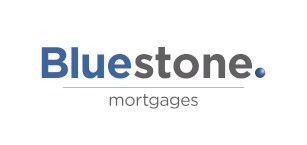Most people have heard of self managed super funds (SMSF’s) and many people are aware that SMSF’s can borrow money to purchase property. There is still considerable confusion around how this works and if indeed it’s worth the complexity. In this blog post I will outline the basics of SMSF lending, the mechanics of how these borrowing arrangements are set up as well as some of the pros and cons with this investment strategy.
I will be focussing purely on borrowing to purchase residential investment property as opposed to commercial property which has some additional complexities. Also please seek your own qualified advice re the tax and legal position of borrowing within your superannuation. I am neither a lawyer, an accountant or a financial planner so the information here should not be relied upon as advice.
So first things first what exactly is a Self Managed Super Fund (SMSF)?
A SMSF is a trust set up to hold and manage superannuation funds and investments for up to four individual members with the typical set up being two members, a husband and wife). A trustee is required to be appointed to manage the fund and they choose the asset allocation of the investments and manage the compliance responsibilities. The trustee can be either a company, the directors of which have to be the same as the members or the actual individuals themselves can act as the trustees. The trust structure is set up to quarantine to SMSF’s assets both from the members themselves (until retirement) and potential creditors of the individuals.
SMSF’s and limited recourse loans:
SMSF trusts can borrow money to assist them to purchase investment properties but only if the loan granted to the trust is non-recourse against the super fund’s other assets. The property being purchased can be sold by the lender to recoup the loan funds (in the case of a serious loan default) under their powers as mortgagee but they cannot go after the SMSF’s other assets.
Are personal guarantees required?
Lenders have been a bit slow to embrace SMSF lending. This is part due to the fact that under these arrangements they have their security position diluted by the limited recourse nature of the loans. This has meant that for them to be comfortable LVR’s are limited to not more than 80% and guarantees from the members of the fund are generally required in one way or another. This means the lender can then go after the members other personal assets and income to recover their loan funds in a worst case scenario. If the LVR is low enough (circa 50%) personal or bare trust director’s guarantees can sometimes be waived.






























